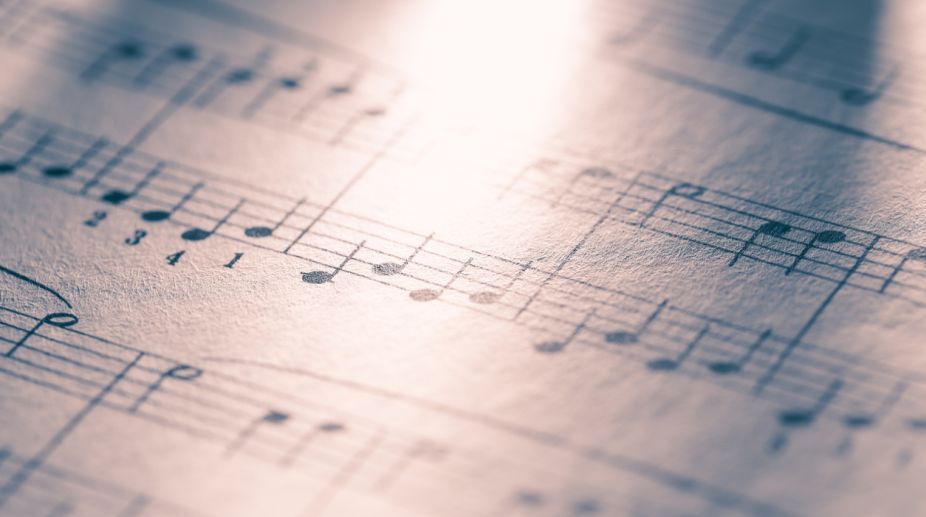Andrew Alter a lecturer in contemporary music studies in the Macquarie University in Sydney, Australia has over 23 years of experience in teaching music at tertiary level. He has contributed to a diverse range of sub-disciplines including popular music studies, ethnomusicology, composition, theory, harmony conducting, and performance studies. His interests span an eclectic mix of world music and experimental genres and include diverse musical practice on piano and cello as well as within vocal ensembles and Indonesian gamelan.
Recently he was in India, leading a group of students from the university. “We are taking around our students to the major cities of the country like Delhi, Kolkata and Mumbai. They have visited and interacted with three different institutions like the Lady Shri Ram College for Women in Delhi, St Xaviers College in Kolkata and the Tata Institute of Social Sciences in Mumbai. We also visited Santiniketan which was an enlightening experience for the students as they came to know the prodigy that Tagore was,”said Alter.
When asked why he was interested to take up music as a career he said that he studied music when he was younger and had played the piano and cello.
Advertisement
“I grew up watching many Indian musicians around me in the school where I studied. One of them used to teach us playing instruments like the sitar and tabla and his daughter would teach dancing to the students. I used to watch them dance and became intrigued by the melodies and rhythms that went into it. I believe this is what pushed me later on to take up the subject of Indian music in college and that’s how I got interested in looking at a varied range of music, not only Indian and western but also those from other parts of the world,” he said.
Explaining the role of an ethnomusicologist, Alter said “It is the study of music as culture. My job is to determine how it is used in various social situations but also how the music itself is structured in order to be used in ritual occasions or enacting functional roles in a drama may be. Thus the subject is a combination of the study of music and sociology.”
Alter has worked on Indian folk music mainly in the Himalayan region of Garhwal. He has put himself through an extensive research in village locations throughout Uttarakhand, observing the ways in which the natives there use two kinds of drums, namely, dhol and dhamaal. He examined the ways these drummers organise their rhythms and how they vary with different kinds of rituals and entertainments like weddings for example.
He stated an instance of his work at Kedarnath, an ancient valley in India, where there is a long tradition of Mahabharata performance, accompanied with dancing.
“It is a dance drama where the rajputs in those villages take on specific roles from the epic, be it from pandavas or kauravas. I observed and took notes regarding how the drummers organised and chose a particular beat for each character so that each of them can dance their part properly. With the characters like Arjuna, Nakula, Sahadeva or Bhima, the rhythms bore an individuality of their own. However while maintaining the differences, it had one common rhythm that bound all of them together,” Alter explained.
Advertisement











